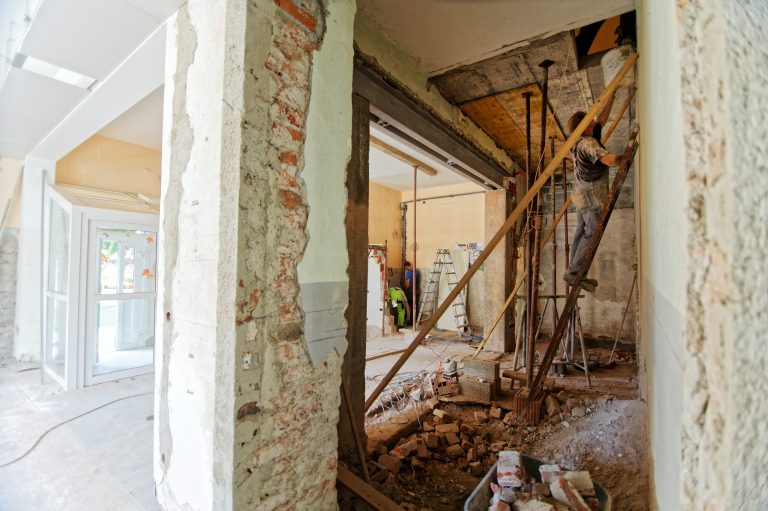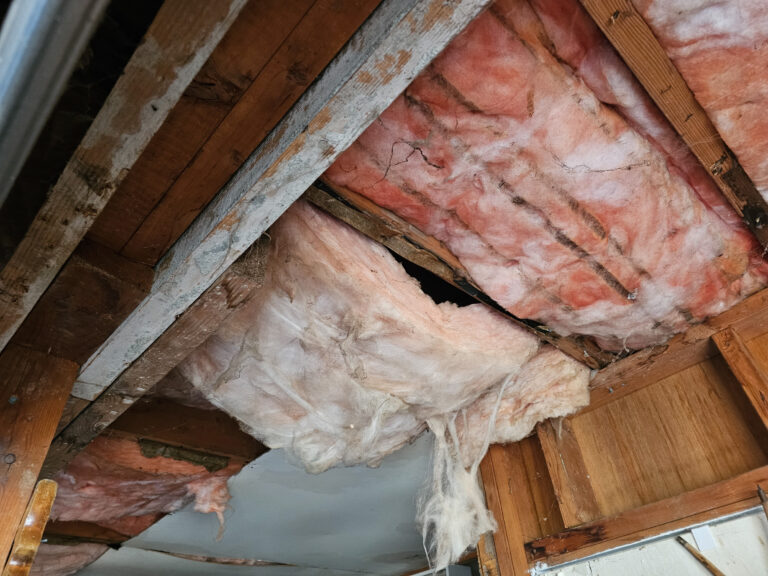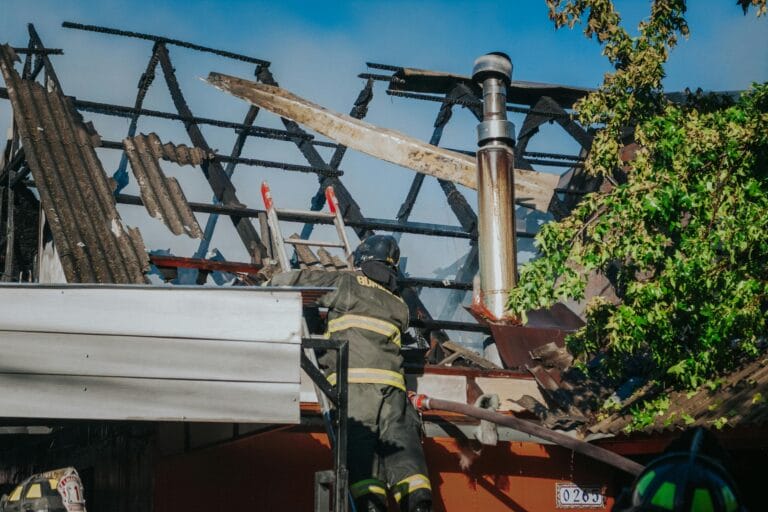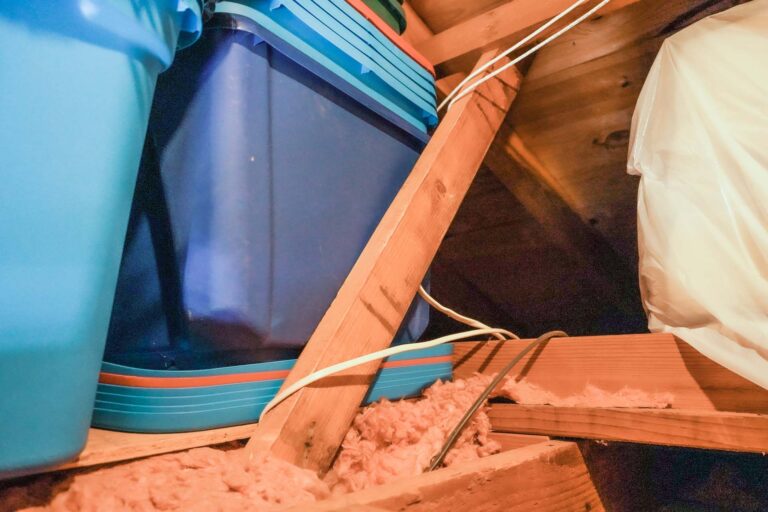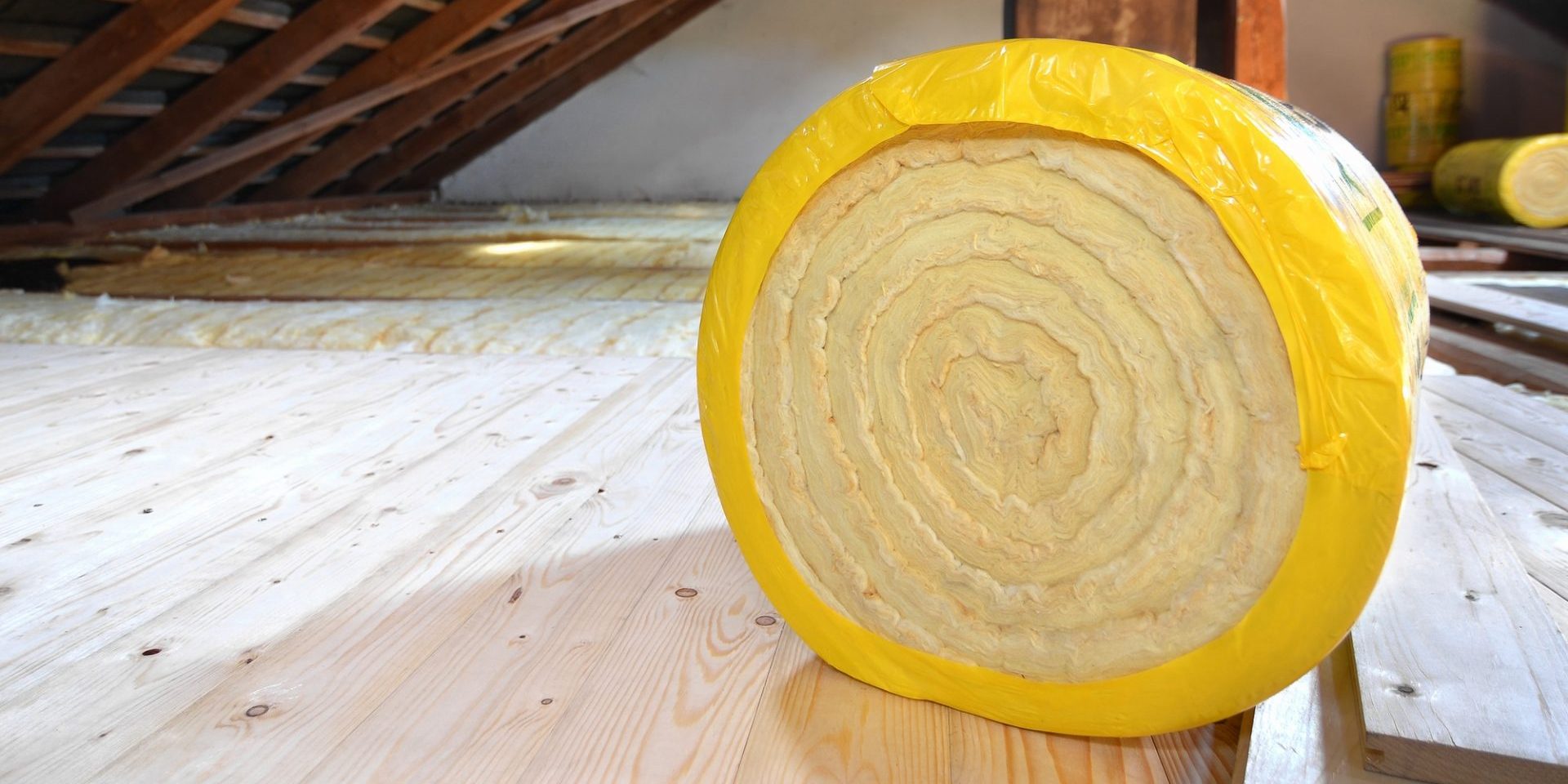
Insulation is the best defense against rising energy bills here in the U.S. There are four common types of insulation that can be used to keep your home at just the right temperature without it being heavy on your pocket.
Loose-Fill and Blown-In Insulation
This type of insulation is best for an existing building, especially if it is in an irregular shape. It can be installed in existing walls, wall cavities, attic floors, and other places that either have obstructions or are hard to reach.
Installation is relatively easy as there is special equipment that helps the experts to blow it into place. The material used is usually recycled and it includes cellulose (reprocessed newspapers) and fiberglass (recycled glass). You can save up to 35% in energy costs with loose insulation. Learn more here.
Batt and Roll Insulation
Also known as blanket insulation, this type of insulation covers unfinished walls, foundation walls, ceilings and floors that are free from obstructions. Composed of pre-cut pieces of flexible fibers, fiberglass or rockwool, blanket insulation is placed on the surface that needs insulation, and it sometimes comes with foil, vinyl, or kraft paper facing which acts as an additional air barrier.
Batt and roll insulation is one of the most common forms of insulation in the market. An attractive feature of this method is that it is relatively inexpensive and easy to install. It is perfect for not only controlling the temperature of the building but also acoustics.
Reflective Insulation and Radiant Barriers
Reflective insulation effectively lowers cooling costs by reflecting the sunlight back instead of absorbing it. It is usually installed in attics to stop the heat from being transferred down to the ceilings.
This type of insulation can be a cost-effective solution in warmer locations than in those with colder climate. The materials used include cardboard, polyethylene bubbles, foil-faced kraft paper and plastic film. According to the U.S. Department of Energy, using radiant barriers can save you around 5 to 10 percent of your bills during summer. The reduced heat gain also means that you can go for a smaller air conditioning unit.
Our radiant barrier spray reduces up to 81% of the radiant heat trying to enter your attic and it doesn’t deteriorate over time as much as other types of materials. Learn more here.
Spray Foam and Foam-In-Place Insulation Spray foam and foam-in-place insulation is one of the best ways to control the temperature in your building because it has a multilayer approach. The method makes the building airtight, which has the added benefit of protecting you from outside noises.
The insulation material can be sprayed, poured, injected or blown into place, and it can be used in both existing walls and new buildings. If there are electrical and plumbing barriers in the building, the insulation material can be used without any problems.
With various options available in the market, the decision of choosing the right one depends on the location of the building and your specific needs. It is important to fully understand the benefits and costs involved in each insulation type before picking one that’s suitable for you. If you want to consult an expert in San Antonio, Texas, Geo-Insulation will be able to help you with all your insulation needs.

